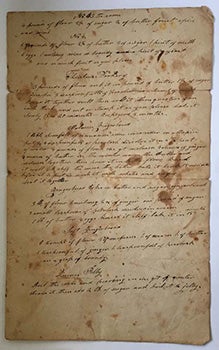November 1, 2019
“Let food be thy medicine and medicine be thy food.”-- Hippocrates
The season of sharing food (and ailments) is upon us, which inspired me to search “recipe” in our archival database. The latter obligingly yielded comestible results which it gives me pleasure to share with you along with the following “food for thought” —
Food and recipes for its preparation offer many insights about people because eating and drinking habits are markers of cultural difference. Food influences virtually every aspect of human life and as such provides the opportunity for a fascinating study of a “total social phenomenon."
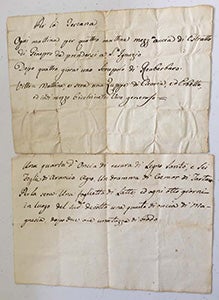 A perusal of a historical recipe book may divulge much information: how food was prepared back in the day, what ingredients were available, methods of preservation (pickled, salted, canned, etc.). Family cookbooks often included recipes for ailments and household maintenance, which offer insight into lifestyle and contribute to our understanding of contemporary agriculture, economy and industry. (Click the image at left to see an 18th-century recipe for a cure for "Terzana," or tertian fever. The second part is the last page of a longer remedy of an unnamed ailment. (John M. Yoklavich collection of Italian Manuscripts GTMGamms102, Box 1 Folder 6.)
A perusal of a historical recipe book may divulge much information: how food was prepared back in the day, what ingredients were available, methods of preservation (pickled, salted, canned, etc.). Family cookbooks often included recipes for ailments and household maintenance, which offer insight into lifestyle and contribute to our understanding of contemporary agriculture, economy and industry. (Click the image at left to see an 18th-century recipe for a cure for "Terzana," or tertian fever. The second part is the last page of a longer remedy of an unnamed ailment. (John M. Yoklavich collection of Italian Manuscripts GTMGamms102, Box 1 Folder 6.)
In the spirit of a season that in many cultures brings people together to celebrate their relationships with one another over food, you are invited to stop by to “sample” these delectables and make your own connections to the past.
Recommended fireside reading: Pilcher, Jeffrey M. The Oxford Handbook of Food History. Oxford University Press, 2012. Call # TX353.094 2012
Recipes for the hungry
❖ Recipes for Christmas cooking by Ann Batchelder (1885-1955), author of Ann Batchelder’s Cookbook (1941, revised 1949), containing 500 recipes for classic American meals. A native of Vermont, Batchelder was food editor for Ladies' Home Journal. (Lisa Sergio papers GTMGamms172, 1:6)
Christmas recipes by Ann Batchelder (Click image to enlarge)
❖ Loughborough family recipe book, circa 1800s. A typical 19th-century album of cookery and household recipes including several for dye-making. (Loughborough family papers GTMGamms274, 3:52)
❖ Richards family recipe book, circa 1800s. (Janet Richards papers GTM540129, 8:2-8:2.1)
❖ Early 20th-century recipe book (Tonita Ridgway Martin papers GTMGamms340, 4:4)
❖ Three 18th-century Italian recipes. The first, "Ricetta per fare l'Elisir Vite," is a recipe for an "elixir of life" containing aqua vitae, a strong Swedish alcohol. The second, "Ricetta Per comporre il Vino aromatico Wermut," is a recipe for vermouth. The third appears to be a recipe for making a sort of pie, perhaps an 18th-century version of pizza. (John M. Yoklavich collection of Italian Manuscripts GTMGamms102, Box 1 Folder 4)
An elixir of life:
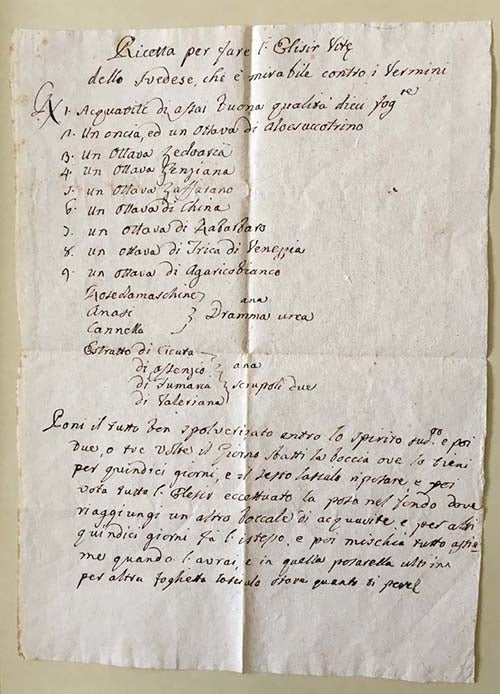
Making vermouth:
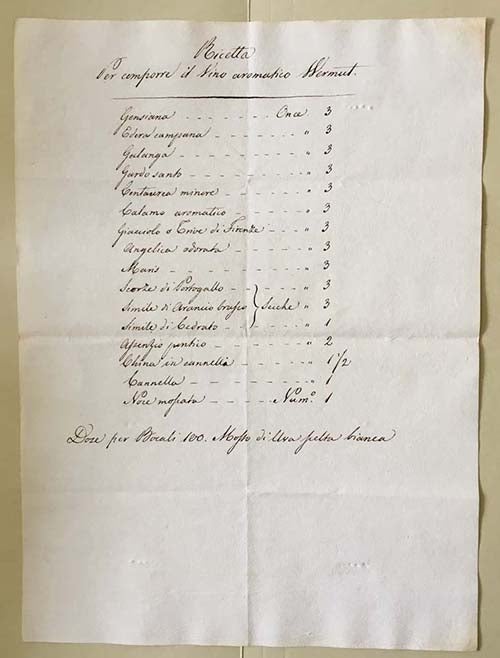
A pizza recipe:
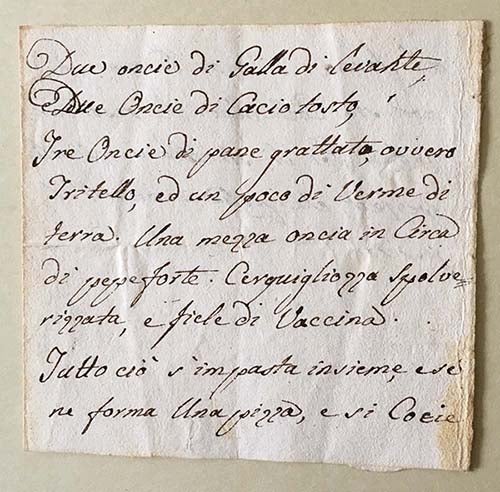
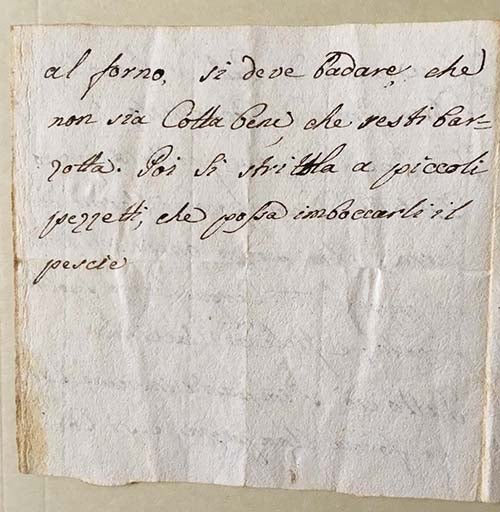
Remedies for the ailing
In addition to the tertian fever remedy above...
A fragment of the original 16th-century holograph manuscript of a recipe for preventing contraction of the plague. Louis Bossu published a description and transcription of the manuscript in 1913, entitled, "La Prophylaxie de la Peste en Barrois vers l'An 1500.” (William A. Zimmerman collection GTMGamms152, 1:3. Printed booklet is available in the Rare Book Collections, Call # 92A5.)

—Lisette Matano, Manuscripts Archivist

